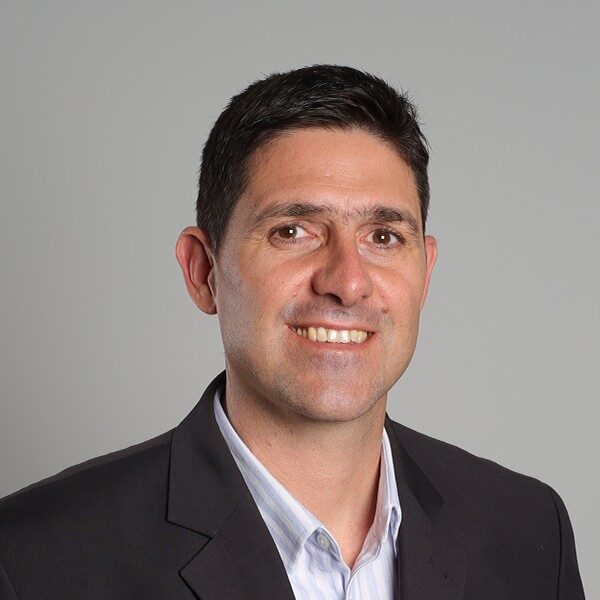
INTERVIEW: Stephan Jooste, Managing Director: Sustainability, Zutari, Leading impact through infrastructure engineering and advisory.
For over 90 years, Zutari has been shaping locally relevant, fit-for-purpose solutions across Africa and the Middle East covering water, transport, energy, resources and built environment infrastructure to nurture thriving communities, growing economies and healthy environments.
Stephan is a specialist in advisory services with extensive experience in public-private partnerships (PPPs) and project finance transactions. He has been involved in numerous transactions across South Africa, Nigeria, the Democratic Republic of the Congo (DRC), Canada, and Portugal, covering various infrastructure sectors. Recent projects include leading the lenders’ technical advisory team for the Lagos Cable Transit Project in Nigeria and serving as the procurement specialist for the Mauritius Light Rapid Transit (LRT) project. He also represented the Development Bank of Southern Africa (DBSA) in developing a bankable investment document for port and railway infrastructure in the DRC. Stephan has significant experience with toll road projects, having participated in transactions in Canada, Portugal, and Nigeria.
How Embedded Sustainability Makes Infrastructure Projects Investable
The difference between a project that looks good on paper and one that actually gets funded often comes down to whether sustainability is baked in from day one or bolted on later. Embedded sustainability works because it gives investors something concrete to grab onto: measurable KPIs tied to real operational outcomes, proper governance structures, and transparent links to established frameworks like LEED or IFC standards. When a project can demonstrate that climate resilience, social safeguards, and financial returns are genuinely connected, not just mentioned in a glossy brochure, capital providers see less risk. They can verify what’s actually happening, which makes pricing easier and opens up cheaper funding options.
The trick is getting sustainability into the DNA of the project. That means deciding on climate, community, and biodiversity standards at the planning stage, then carrying those decisions through design, construction, and into operations. It needs to show up in the contract, the procurement process, and the monthly performance reports. Recognised rating schemes matter here because they give everyone a common language. They tell you exactly what needs to happen, how you’ll measure it, and how you’ll prove it’s being done. That standardisation is what turns sustainability from something aspirational into something bankable.
Why Money Follows Sustainability
Lenders care about three things: will this project generate steady cash flows, what are the risks, and is it cheaper to finance than the alternatives? A well-designed sustainable project answers all three. Steady revenues are more likely when you’ve thought through climate risks and social issues upfront. Risk is lower because you’ve got clear governance and robust monitoring. And costs come down because green finance is cheaper. Development banks, institutional investors, and pension funds actively seek this stuff out, so competition for good sustainable projects drives rates down.
Access to capital broadens too. Once a project meets recognised sustainability criteria, it becomes eligible for blended finance, green bonds, and dedicated climate funding that doesn’t exist elsewhere. Working alongside development banks and institutional lenders helps pull together funding that wouldn’t materialise if you were going it alone.
How We Do It at Zutari
We start by getting the fundamentals right. Environmental and social safeguards aren’t an afterthought; they’re part of the initial design brief. We use performance-based requirements rather than prescriptive rules, which gives teams room to innovate while ensuring outcomes are met. And we work with our clients to choose resilient designs that hold up over time, which keeps the lid on operating costs.
The discipline is having a sharp set of sustainability KPIs that do several jobs at once: they make the project climate-resilient, they signal to investors that this is worth their money, and they generate the realistic scenarios needed for financial modelling. Then you’ve got to stick to it. That means proper monitoring and audit trails that prove you’re delivering what you said you would. It’s not complicated, but it does require clarity of purpose and follow-through from day one.
I am excited to see old friends and meet new connections working in the PPP domain in Africa (and beyond). Having attended previous versions, I am sure there will be much to gain from the perspectives of those working in other regions and project domains, and who play different roles on the project lifecycle. I am particularly keen to learn from my fellow attendees on how they see sustainability be embedded into PPP projects, and to specifically see if this approach differs in different countries and regions. In addition, I am looking forward to hearing about the pipeline of projects that might be coming to market in the near future.